
Oct.31
A Taste of Culture – Sudachi & Kabosu
Oct.31
Elizabeth Andoh
The Japanese have consumed a variety of citrus for millennia; enjoying both the juice and peels of the fruit. Many who reside outside Japan have become familiar with yuzu, a member of the Rutaceae (citrus) family primarily prized for its aromatic yellow peel. However, sudachi (above, left) and kabosu (above, right) both coming to market…

Oct.18
Evaluating Japanese tea bowls – KAKO Katsumi
Oct.18
A potter with only one year of full time training could produce mass produced tea bowls using a mold, using an energy efficient electric kiln ensuring minimal damage to works during firing, resulting in a pleasant yet unremarkable bowl which retails for about $50. KAKO Katsumi, who made the featured piece here, has about 30…
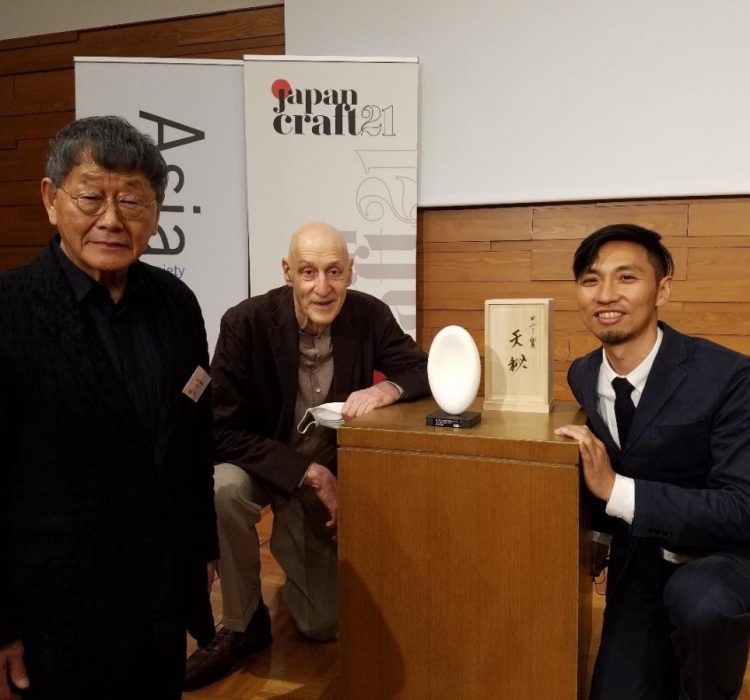
Sept.30
Japan Traditional Craft Revitalization Contest – Award Ceremony July 6, 2021
Sept.30
Steve Beimel
Left to right: Sculptor YASUDA Kan, JapanCraft21 founder Steve Beimel and 2021 Ronnie Prize Winner, TSUTSUMI Takuya. ACCESS HERE to read an Interview of JapanCraft21 founder, Steve Beimel, with journalist Richard Varner and learn about the first Ronnie Prize Winner TSUTSUMI Takuya! ACCESS HERE to see Award Ceremony video CONGRATULATIONS to our Awards of Excellence…
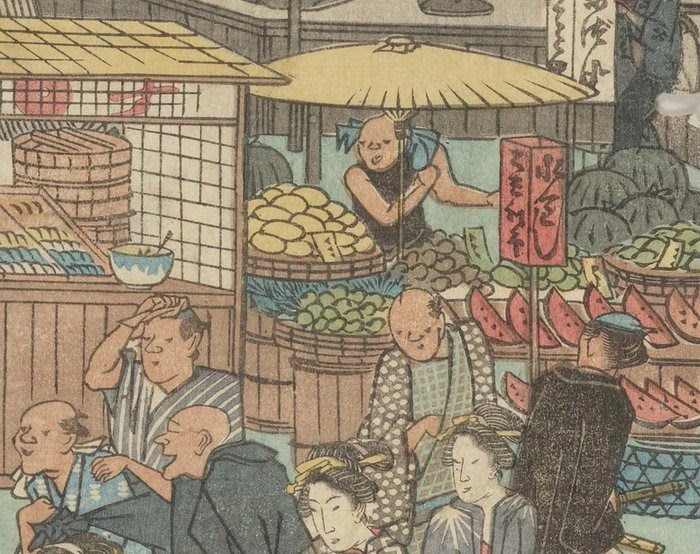
Sept.19
A Taste of Culture – WATERMELON
Sept.19
Elizabeth Andoh
Watermelons are ancient — 4000-year-old wall art in Egyptian tombs include images of elongated, green-striped melons. Cultivation spread across Asia and Europe and was brought to the Americas by colonists and the slave trade from Africa. On the Asian continent, watermelons can be traced through India, China (Uighurs) and into Japan possibly as early as…
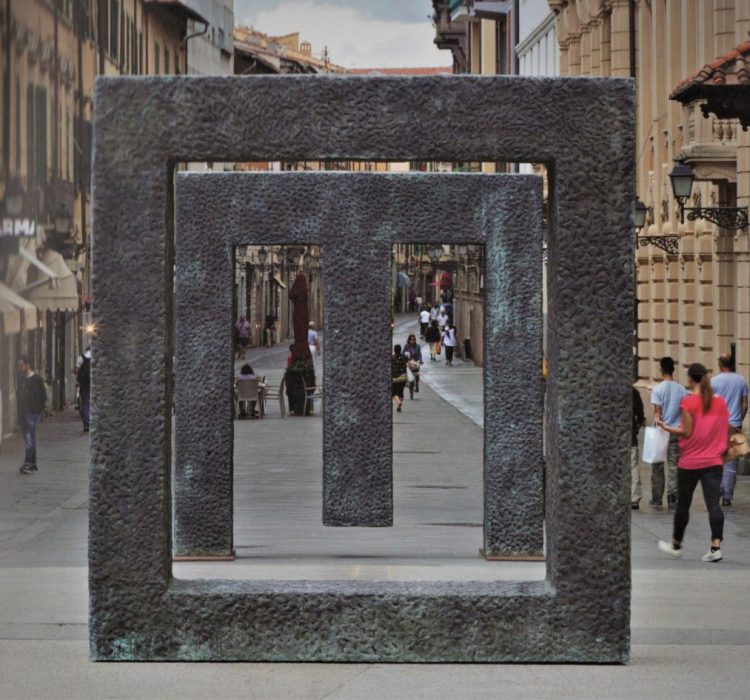
Aug.22
Steve Beimel’s Collected Facebook Posts 5/30~6/10
Aug.22
Japanese Dolls as Fine Art: The figure depicted is a townsman of the pre-modern period attending a local neighborhood Shinto festival. Stunning realism is seen in the facial expression and natural body posture. Pay close attention to the detail of the hands. Artist: HORIBE Shinko 日本人形、堀部信子作 Tokyo-based Nuno Textiles is one of the world’s…
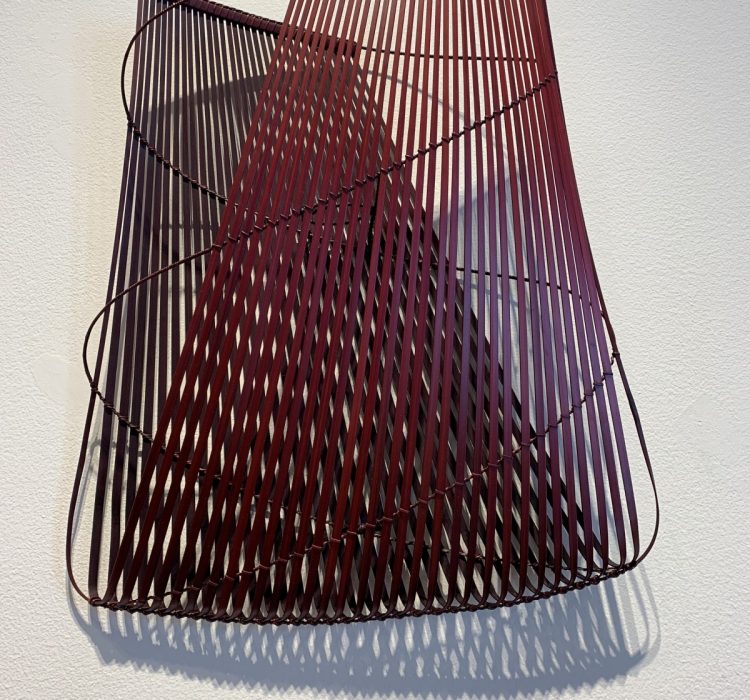
Aug.19
Isohi Setsuko basketry show at Tai Modern in Santa Fe
Aug.19
Gail Rieke
A wonderful show of contemporary basketry features the work of Isohi Setsuko. A relatively young woman in a field of craft dominated by elder men, this woman has shown herself to be extraordinary in design, skill, and inventiveness. Her lightness of touch and bold forms weave exquisite materials to honor her teachers and inspire future…
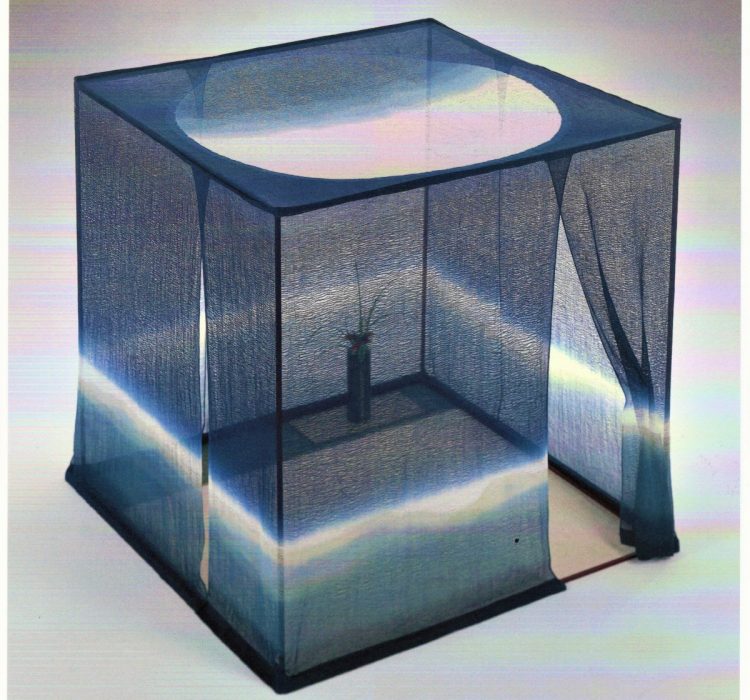
Aug.08
Steve Beimel’s Collected Facebook Posts 5/24~30
Aug.08
“Moon Waves” is a contemporary work of art created in washi, traditional handmade Japanese paper, which the artist creates with raw pigment-colored mulberry bark fibers. Thin tengujo washi and silk are also part of the work. Having lived her entire adult life in Kyoto, artist Sarah Brayer is one of the world’s leading artists working…
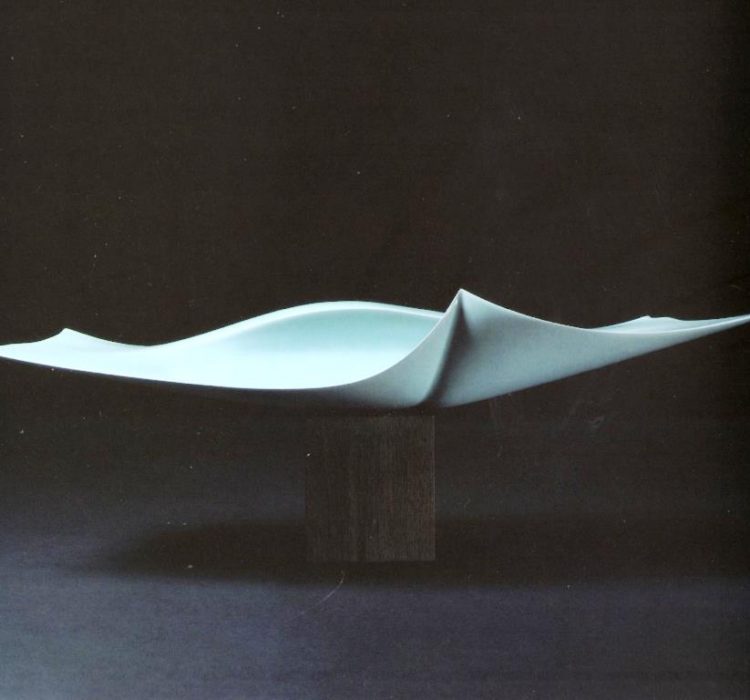
July.31
Steve Beimel’s Collected Facebook Posts 3/1~15
July.31
Ceramic Artist: FUKAMI Sueharu, large celedon porcelain sculpture 深見陶治作、青磁の彫刻 ニュース: 伝統工芸再生コンテストー7月6日 オンラインアワードセレモニー News: Traditional Craft Revitalization Contest-July 6th On-line Awards Ceremony Ceramic Artist: KOHYAMA Yasuhisa, Shigaraki stoneware vase 神山易久作、信楽焼、 Architect: Keiji Ashizawa Design, mountain retreat home 芦沢啓治建築設計事務所:山の別荘 Made in Kyoto’s Nishijin district, this Kimono Obi (sash) is one of the great craft treasures of Japan….

July.26
Architect AOKI Jun Designs Three Vuitton Shop Facades by Charles Bernstein AIA
July.26
Jun Aoki has once again customized the luxury brand Louis Vuitton with another unique façade for Ginza Namiki Store. He has remade the façade of the building previously designed by him in 2007. The earlier design utilized painted aluminum sheets in a textural pattern that expressed both solidity and lightness. This remade façade is brilliant…
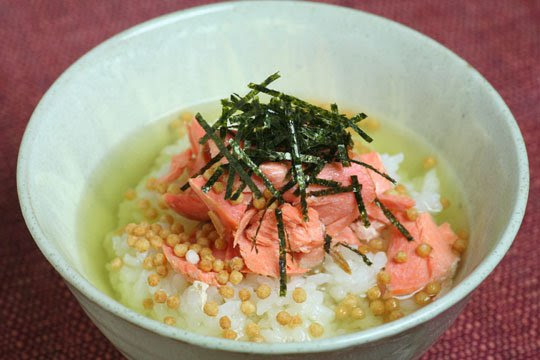
June.25
A Taste of Culture – OCHA-ZUKÉ お茶漬け
June.25
Elizabeth Andoh
Japanese green tea connoisseurs keenly await the arrival of shin cha (new tea) at market early in May. Although most enthusiasts infuse the tender new leaves with very warm (never boiling hot!) water to make a beverage to savor on its own, my first purchase of shin cha each year is set aside for ocha-zuké,…










